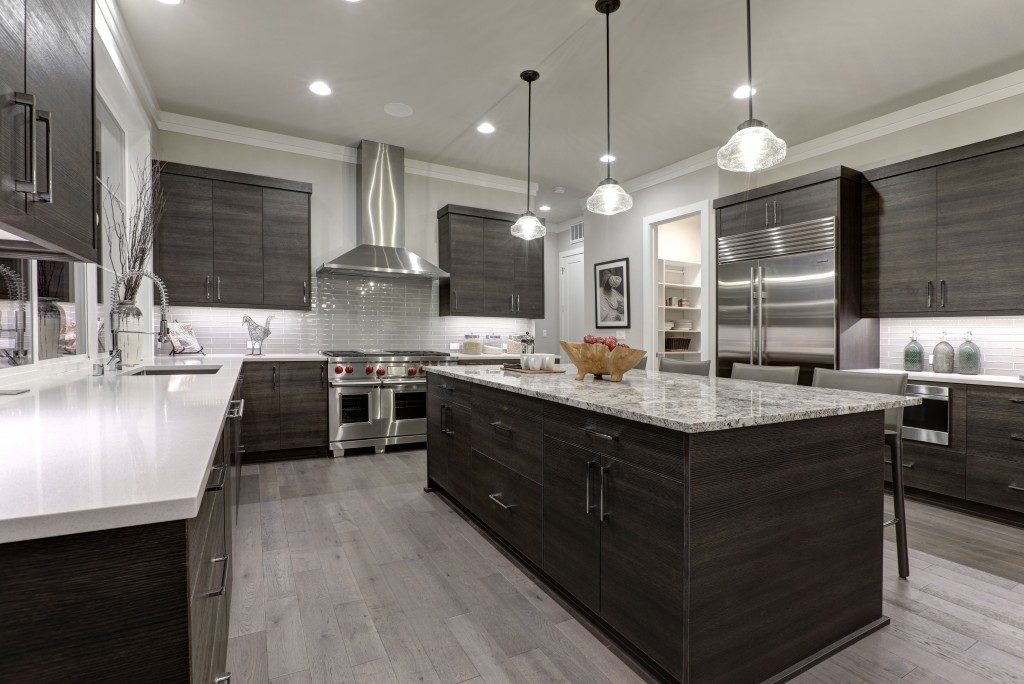As we enter the last quarter of the year and look at the new decade in the eye, we will see several changes and trends in modern architecture. Engineers and designers have been forced to rethink the way they build in the face of climate change.
We will see an influx of green design using environmentally-friendly methods, materials, and equipment. Contractors are also gradually switching to more sustainable and resilient materials and equipment.
Some of these types of equipment are manufactured to increase productivity without endangering the environment. Check out the shop at C&B Equipment or other reputable sellers for a wide variety of industrial and engineering equipment.
Let’s take a close look at some of the architecture and design trends that will take over the following year.
1. Maximizing the Outdoors
Balconies, terraces, and patios will be reintroduced as major design elements. These can be enjoyed throughout the year if properly conditioned and taken care of. Glass curtains will pick up in popularity to allow for spaces to open during good weather. Mobile stoves can be used during colder days.
2. Smart and Automated Homes
There is an increase in the usage of automation for both rehabilitated and new buildings. Automated systems that control the light, the temperature, and the security of one’s home are in greater demand now.
A smart building provides its users with greater comfort and lower consumption bills. Domotic architecture like this is reflective of social and environmental awareness.
3. Adaptable Open Spaces
Open spaces give you the ability to transform any space according to your preference. Walls and partitions are eliminated to give a more flexible and adaptable characteristic to the design. Where the integration of the kitchen and living room is the norm before, it has now been expanded to include the terrace and, in some cases, even the bedroom.
4. Greater Attention to Kitchen and Baths

2020 will give prominence to kitchens and baths. The kitchen remains to be the center of household activities. It has evolved over the years to be the focus of the home. Even as the housing market is recovering, architects and designers are said to emphasize this.
Bathrooms, on the other hand, are no longer just spaces for grooming and personal care. It has developed into a space of relaxation and recovery after a hard day’s work. The spike in bathtub and jacuzzi sales indicate more and more people are taking the time to disconnect from the outside world and reconnect with the self as they unwind in their baths.
5. Industrialism and Minimalism
Industrialism promotes the use of iron, aluminum, wood, and even recycled plastic to reduce construction costs. It is characterized by asymmetrical forms, absence of surface elements, and simple lines.
Minimalism is the use of avant-garde and modern materials. It ensures thermal and acoustic insulation that help lower the costs, as well as benefit the environment.
6. Reformation and Rehabilitation of Buildings and Spaces
The rehabilitation of old and even historical buildings gives them a longer lease on life; therefore, extending their usefulness to the community. Historical buildings, in particular, add historical value to a city or town. Reforming and retrofitting older buildings are more economical compared to demolishing them and building again from scratch.
Architecture and design are changing for the better. As we welcome the new decade, these trends and some others will prove to be game-changers in the construction industry.
